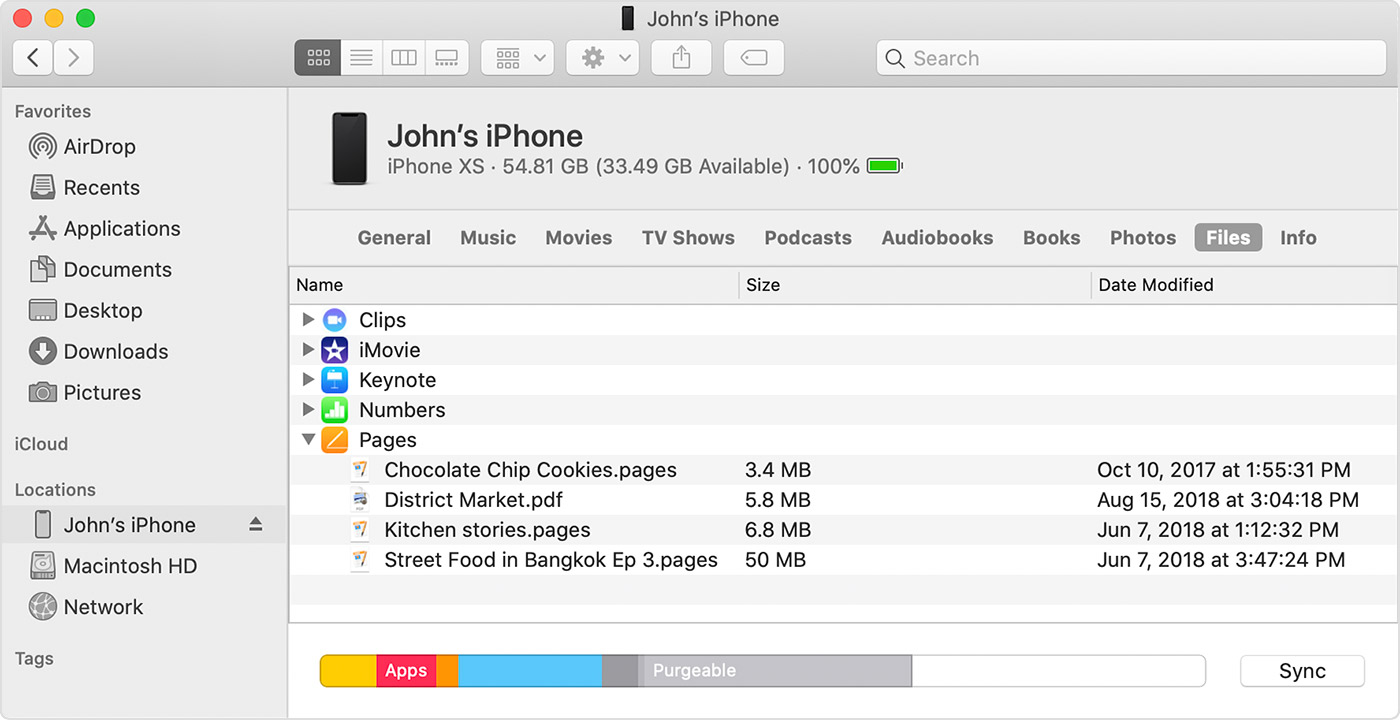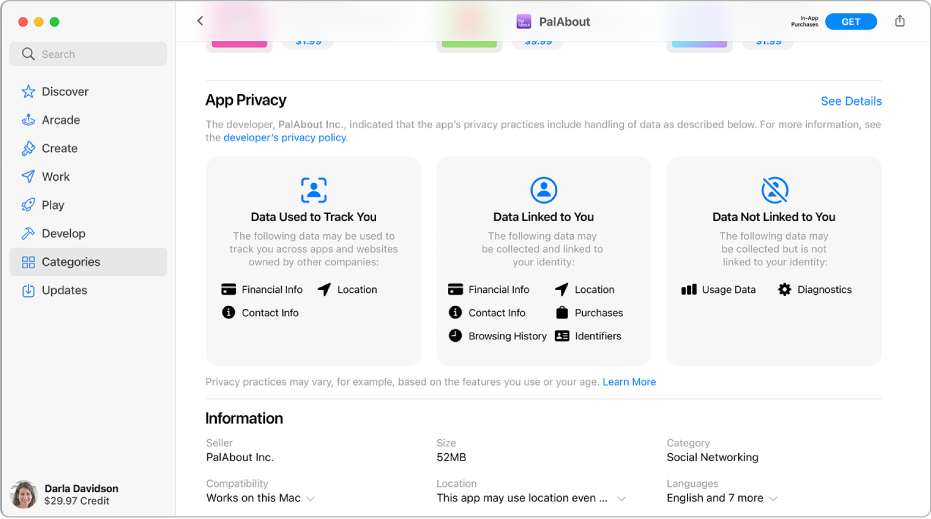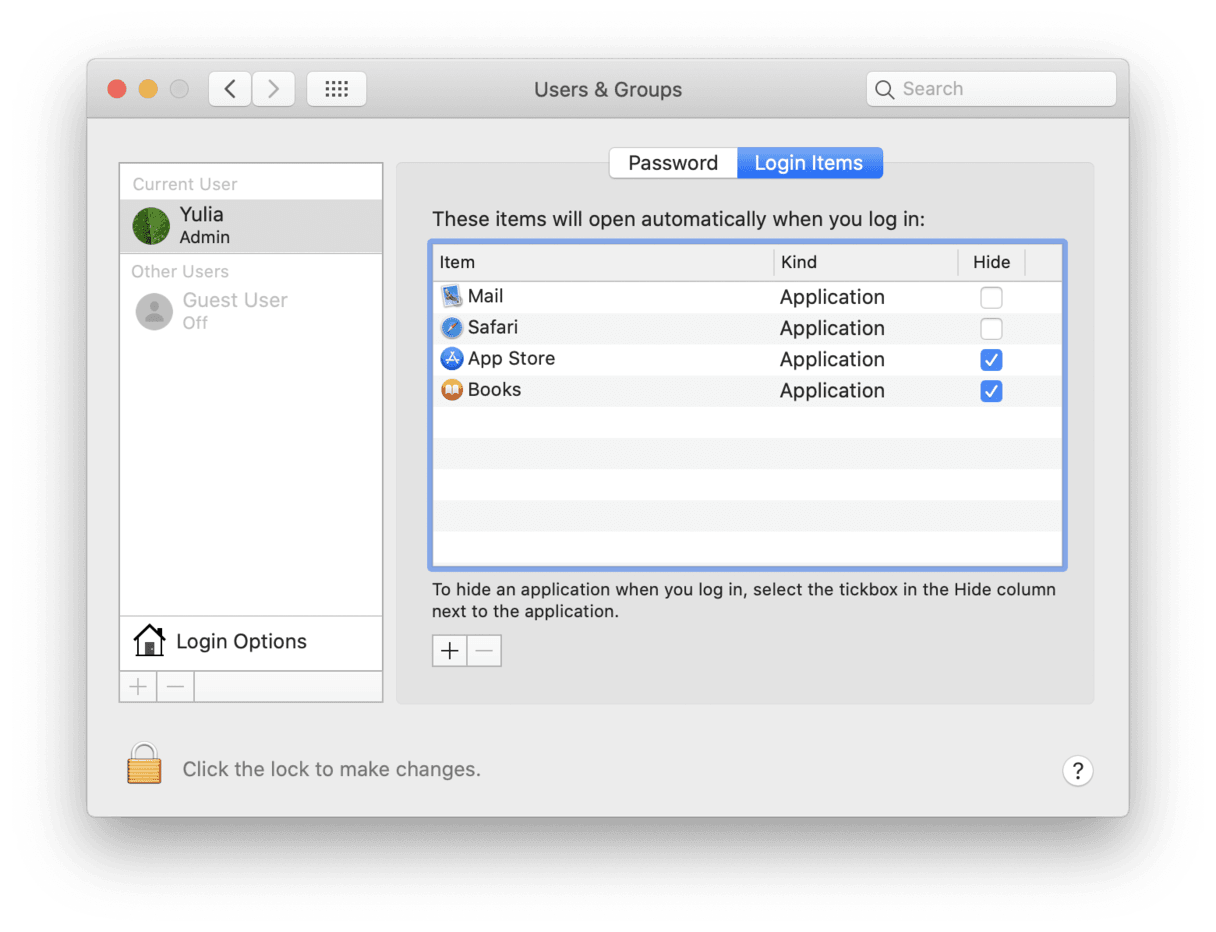- App To See Pictures On Macbook
- App To See Pictures On Mac Desktop
- What Is The Easiest Way To View Photos On A Mac
- App To View Pictures On Mac
If you’re trying to figure out the best application to manage your photos on your Mac device, then we recommend using Mac’s Photos app. The Photos app on Mac is probably the simplest but the most effective photos application you can use to manage your photos.
You should make use of the Photos app if you have a Mac. Photos is a tool that helps users organize their photos and edit photos if needed. Update your iTunes to the latest version because you need iTunes 12.5.1 or later to import your photos. After opening the folders, you can then view the photos manually. Method 2: Import iPhone Photos To Mac 1. Connect iPhone To Mac Computer 2. Launch ‘Image Capture’ on Your Mac. Not all applications will be displayed on your dock. Therefore, the easiest way to find the app is to search in Spotlight Search. MacOS 10.9 + Thanks for downloading Backup and Sync. Get the Google Photos app to back up and view photos on your Android and iOS devices.

Learning the intricacies of the Photos app isn’t as difficult as other projects it to be. The interface is simple and easy to understand and navigate, so you’ll probably figure it out on your own even when the most complicated task is required. Moreover, your photos are displayed in vibrant hues and tones, as what Macs are known for, so you’ll enjoy working on them. All you need is to understand the basic steps to get you started.
What is the Photos App on Mac?
Before going into the different tasks you can accomplish on the Photos app, here’s an overview of what the application is and what you can expect.
The Photos app for Mac is one of the basic photo management tools in the market. It’s termed basic mainly because of its simplicity, but don’t be fooled because the application is actually powerful. In fact, one of the reasons why Apple developed this particular app was to provide users of the Mac, iPad, iPhone, and the iPod touch a photo management experience unique to Apple products. It turned out to be so successful that Apple stopped the development of their other photos management software on Mac called iPhoto and Aperture to mainly focus on Photos.
Pro Tip: Scan your Mac for performance issues, junk files, harmful apps, and security threats
that can cause system issues or slow performance.
Special offer. About Outbyte, uninstall instructions, EULA, Privacy Policy.
Navigating the Apple Photos App and Getting Started
The Photos app was specifically designed for easy navigation. This means that if you’ve ever used iPhoto or Aperture, you’ll find that most of the tools are familiar. On the other hand, if you’ve never used a photo management tool before, it will still be easy enough to figure out what each tool is for and where it’s located.
However, the first step of managing your photos is to organize them properly. One of the best ways to do this is to keep your photos in a central location, mainly the iCloud. With your photos on iCloud, you’ll be able to access them from any device, not just your Mac laptop.
To enable the iCloud photo library, simply go to the settings and click on Turn on iCloud Photo Library. Keep in mind, though, that you’ll need to be signed in with your unique Apple ID to change the setting.
Once the iCloud library is enabled, you’ll need to manage the storage space. If you have a large number of photos in your collection, you might need to upgrade your storage plan.
How to Select Multiple Photos
Managing your photos would certainly be a tedious task if you have to manually select each photo one by one. Fortunately, with the Photos app, you can select multiple photos and accomplish whatever task you need to do with them, such as deleting them or moving them into different folders.
To select multiple photos, follow these steps:
- Click on the first photo.
- Hold the shift key.
- Click on the last photo. This will select all the photos between the first and last photo you clicked on.
Another way to select the photo is to drag your mouse around the group of photos you want to select. This will enclose those photos in a rectangle, thus automatically selecting all within the rectangular boundary.
How to Find Photos
If you have a rather large collection, it can be quite a difficult remembering where certain photos are located. If you can’t find the photo or you don’t want to spend so much time searching for it, click on the built-in search bar and type in a keyword. If you saved the photo using that particular keyword, then the photo will appear in the search results.

How to Remove Photos from the Library

There may come a time when you’ll no longer need certain photos. Since each photo does take up space, deleting those you don’t need can free up space for photos you likely want to keep. To remove photos you don’t need, just take these steps:
- Select the particular photo you want to delete.
- Press the Delete key on your keyboard to remove the photo.
- The application will confirm if you want to delete the photo, simply click on the Delete button.
- If you need to delete more than one photo, here are the steps:
- Select the photos you wish to delete by holding the Command key and clicking on each photo.
- Once all the photos are selected, press the Delete key and confirm the deletion.
Note that Apple won’t permanently delete the photo just yet. The deleted photos will be stored in the recently deleted folder for 30 days. You can check out this folder if you need to restore some photos. After 30 days, the photos will be deleted permanently.
How to Ensure the Photos App Works Seamlessly
The photos you take are an important part of your life. As such, you would want to ensure that they’re available for you to view any time you need to. The best way to make sure that the Photos app, as well as other apps on your Mac, works as you need it each and every time is to take care of your Mac. A great tool that will help you keep everything in working order is by using a 3rd party cleaning software like Outbyte MacRepair. With this powerful tool, you’ll be able to find and fix problems on your Mac before they affect its performance.
See more information about Outbyte and uninstall instructions. Please review EULA and Privacy Policy.
Almost everyone by now is aware that you can easily Quick Look preview on Mac. It can be done by highlighting a file and pressing the spacebar key. But you might not be aware that Quick Look preview can be used for multiple files as well, and this even includes photos.
You can easily browse through individual selection using left or right arrow key on Mac to get the preview. But we are going to guide something better than that. Here we are talking about viewing both: files or photos simultaneously using Quick Look feature. Check the guide below to understand the process.
How to Use Quick Look to View Multiple Photos on Mac
Step #1. Very first thing is to select the files you wish to have in Quick Look and then press the Space Bar key.
Step #2. Now press and hold Command+Return key on your Mac keyboard.
That’s all; it was very simple. Now, if you want to see any particular file in a bigger window, simply click on it for full view. Apart from this, you can also have Quick Look preview in full screen, refer below for the details.
How to use Quick Look in Full-screen Mode on Mac
Step #1. Like we did earlier, first select the files.
Step #2. Now press and hold Option along with Space key on your Mac keyboard. This will take Quick Look in full-screen mode.
App To See Pictures On Macbook
You can also preview photos in their actual size using Quick Look. The Process to do the same is quite simple like the two we discussed above.
How to View Actual Size Photos in Quick Look on Mac
App To See Pictures On Mac Desktop
Step #1. First things first, open multiple photos in Quick Look full-screen mode. To do so, follow the second process given above.

What Is The Easiest Way To View Photos On A Mac
Step #2. Hold Option key to zoom in on any photo.
Step #3. You can also use your cursor to move around the image.
App To View Pictures On Mac
Have got any other tips for Mac OS X? Share with us by commenting below.